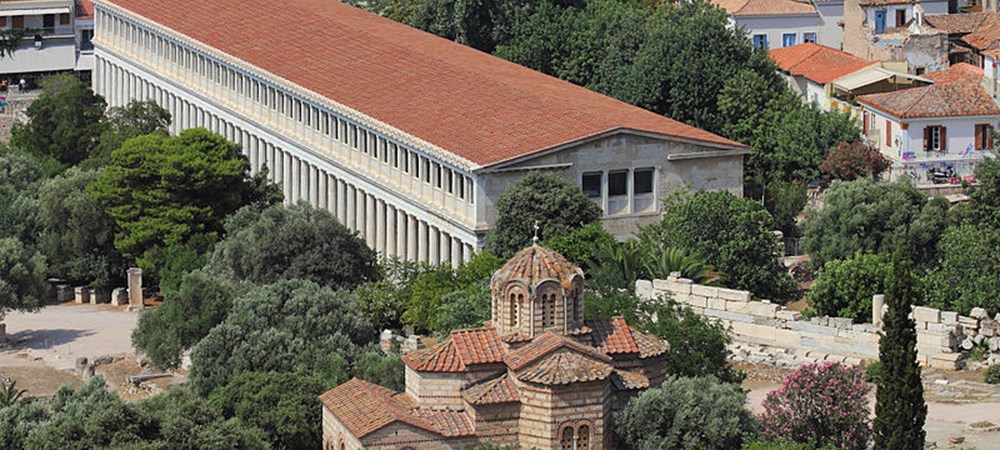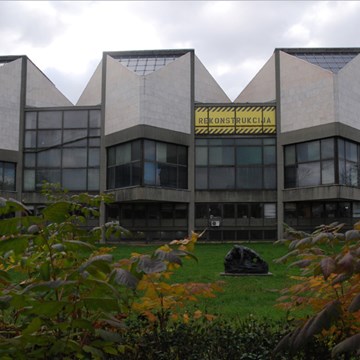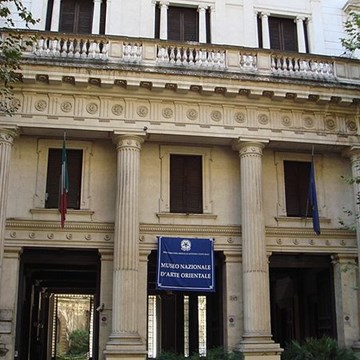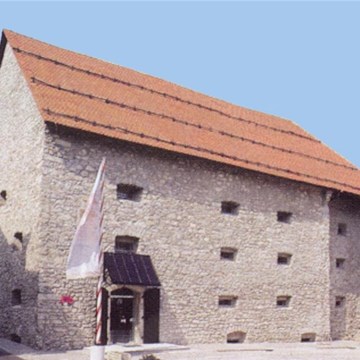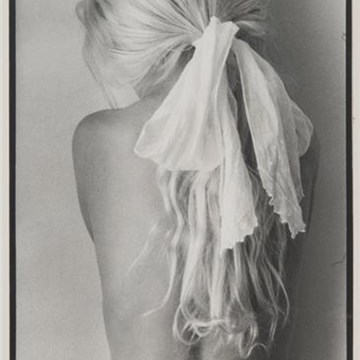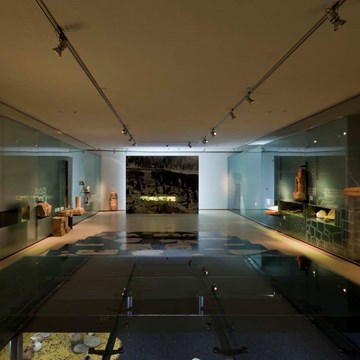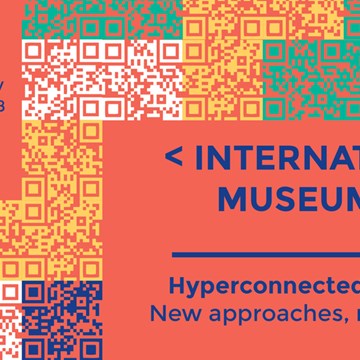Stoa of Attalos - Museum of the Ancient Agora
Στοά του Αττάλου
Τhe Agora museum is housed in the Stoa of Attalos, a reconstructed building of around 150 B.C. The characteristic feature of the museum is that the exhibits are all closely connected with the Athenian Democracy, as the Agora was the focus of the city's public life.
The Stoa of Attalos was discovered during the excavations carried out by the Greek Archaeological Society between 1859 and 1902. In 1953-56 it was reconstructed in order to house the finds from the excavations at the Agora. In 1957 the Greek state assumed responsibility for the administration and security of the museum and the archaeological site.
The Stoa, on the east side of the Ancient Agora, was the gift of Attalos II, King of Pergamon, as a fragmentary inscription on the epistyle of its lower colonnade shows:
«King Attalos, son of Attalos and of Queen Apollonis».
The building is 120 m wide and 20 m deep and had two floors with a second series of columns on the interior and 21 shops at the back of both floors. On the ground floor the exterior colonnade was Doric and the interior Ionic, without fluting. On the upper floor the exterior colonnade was Ionic, and the interior had capitals of a Pergamene type. The Stoa of Attalos was a place for Athenians to meet, walk, and to do business. It was destroyed by the Heruli in A.D. 267, and its members were incorporated into the Late Roman Wall. The restoration, based on studies by the architect Yannis Travlos, was carried out in 1953-1956 by the American School of Classical Studies, with the financial support of John D. Rockefeller, Jr.
The collections of the museum include:
- Finds from the wells, deposits, burials, workshops and sanctuaries, (4th millenium B.C. - 7th century B.C.)
- Clay, bronze, bone, ivory, and glass objects (6th century B.C. - 3rd century A.D.)
- Sculpture (6th century B.C. - 3rd century A.D.)
- Coins (6th century B.C. - A.D. 1831)
- Pottery (6th century B.C. - 6th century A.D.)
- Inscriptions (5th century B.C. - 2nd century A.D.)
- Items included in public life ...
Exhibitions and events
We don't have anything to show you here.
Educational programs
We don't have anything to show you here.
Collections
We don't have anything to show you here.

